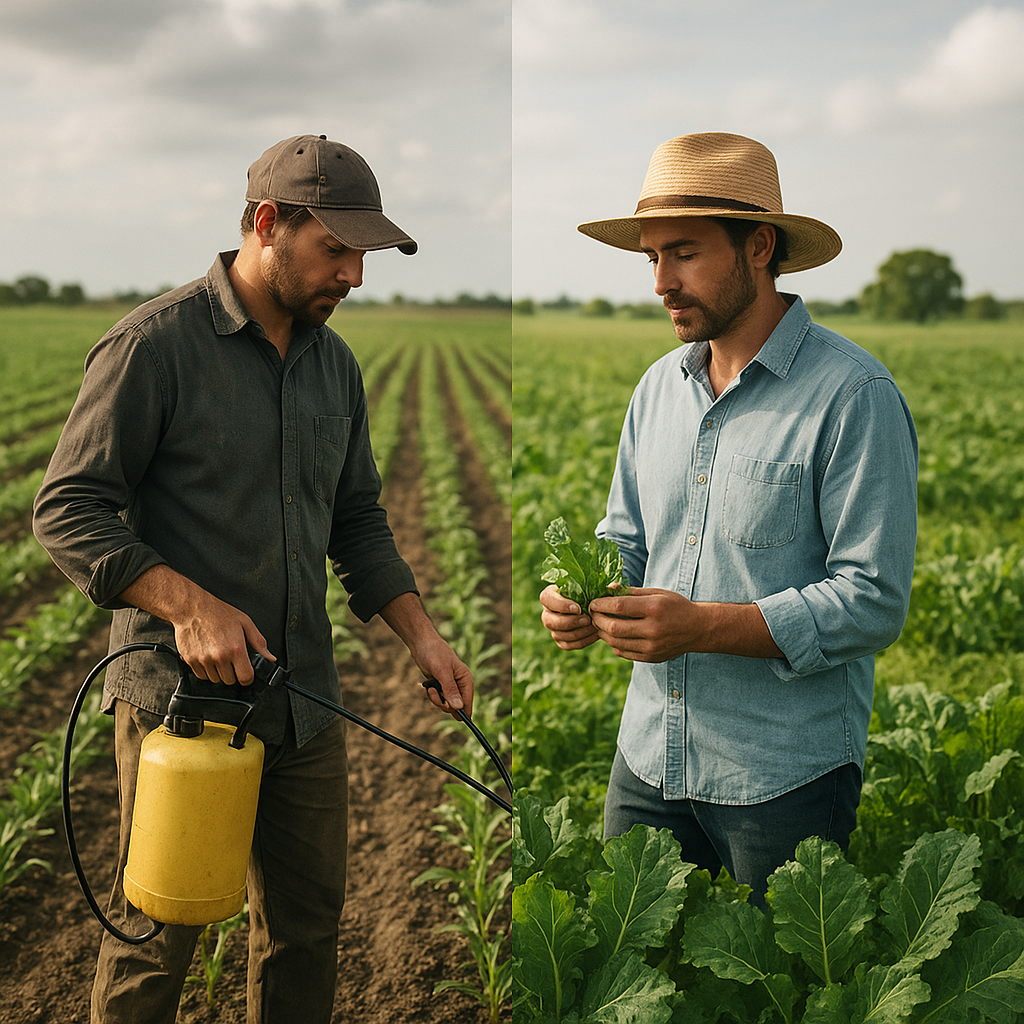The role of cover crops in sustainable farming is increasingly recognized as a vital component in enhancing soil health, improving biodiversity, and promoting ecological balance. Cover crops, which are planted primarily to manage soil erosion, enhance soil fertility, and suppress weeds, play a crucial role in sustainable agricultural practices. This article will explore the various benefits of cover crops, their implementation in farming systems, and the challenges farmers may face when integrating them into their operations.
Benefits of Cover Crops
Cover crops offer a multitude of benefits that contribute to sustainable farming practices. These benefits can be categorized into several key areas, including soil health, pest management, and economic advantages.
Soil Health
One of the most significant advantages of cover crops is their positive impact on soil health. By planting cover crops during the off-season, farmers can:
- Prevent Soil Erosion: Cover crops help to anchor the soil with their root systems, reducing the risk of erosion caused by wind and water.
- Improve Soil Structure: The organic matter from cover crops enhances soil structure, leading to better water infiltration and root penetration.
- Enhance Nutrient Cycling: Certain cover crops, such as legumes, can fix atmospheric nitrogen, enriching the soil and reducing the need for synthetic fertilizers.
- Increase Soil Organic Matter: As cover crops decompose, they contribute organic matter to the soil, which is essential for maintaining soil fertility and microbial activity.
Pest and Weed Management
Cover crops can also play a crucial role in pest and weed management. By providing ground cover, they can:
- Suppress Weeds: The dense growth of cover crops can outcompete weeds for light, water, and nutrients, reducing the need for herbicides.
- Attract Beneficial Insects: Certain cover crops can attract beneficial insects that prey on pests, helping to maintain a natural balance in the ecosystem.
- Break Pest Cycles: By rotating cover crops, farmers can disrupt the life cycles of pests and diseases that may affect cash crops.
Economic Advantages
In addition to environmental benefits, cover crops can also provide economic advantages for farmers:
- Reduced Input Costs: By improving soil fertility and reducing weed pressure, cover crops can lower the need for chemical fertilizers and herbicides.
- Increased Crop Yields: Healthier soils often lead to higher yields in subsequent cash crops, providing a better return on investment.
- Access to New Markets: Farmers who adopt sustainable practices, including cover cropping, may find new markets for their products, such as organic or sustainably grown produce.
Implementing Cover Crops in Farming Systems
While the benefits of cover crops are clear, implementing them effectively requires careful planning and consideration. Farmers must take into account various factors, including crop selection, timing, and management practices.
Choosing the Right Cover Crop
The selection of cover crops is critical to their success. Farmers should consider:
- Climate and Soil Type: Different cover crops thrive in different climates and soil conditions. For example, winter rye is well-suited for colder climates, while buckwheat is ideal for warmer regions.
- Cash Crop Rotation: The choice of cover crop should complement the cash crops in the rotation. For instance, legumes can be planted before corn to enhance nitrogen levels.
- Growth Habit: Farmers should consider whether they need a cover crop that grows quickly to suppress weeds or one that provides deep roots to improve soil structure.
Timing and Management
Timing is crucial when it comes to planting and terminating cover crops. Farmers should:
- Plant at the Right Time: Cover crops should be planted early enough to establish a strong root system before winter or before the main cash crop is sown.
- Terminate Properly: The method and timing of termination can affect the success of the cover crop. Farmers may choose to terminate cover crops through mowing, tilling, or using herbicides, depending on their management practices.
- Monitor Soil Health: Regular soil testing can help farmers assess the impact of cover crops on soil health and make necessary adjustments to their management practices.
Challenges in Cover Crop Adoption
Despite the numerous benefits, there are challenges associated with the adoption of cover crops. These challenges include:
- Initial Costs: The cost of seeds and potential changes in equipment may deter some farmers from adopting cover crops.
- Knowledge and Experience: Farmers may lack the knowledge or experience needed to successfully implement cover cropping systems.
- Market Pressures: In some cases, market pressures may prioritize short-term yields over long-term sustainability, making it difficult for farmers to invest in cover crops.
Conclusion
The role of cover crops in sustainable farming is multifaceted, offering significant benefits for soil health, pest management, and economic viability. By carefully selecting and managing cover crops, farmers can enhance their agricultural systems, contributing to a more sustainable future. While challenges exist, the long-term advantages of cover cropping make it a worthwhile investment for farmers committed to sustainable practices. As awareness of the importance of cover crops continues to grow, it is essential for farmers, researchers, and policymakers to work together to promote their adoption and support the transition towards more sustainable farming systems.




